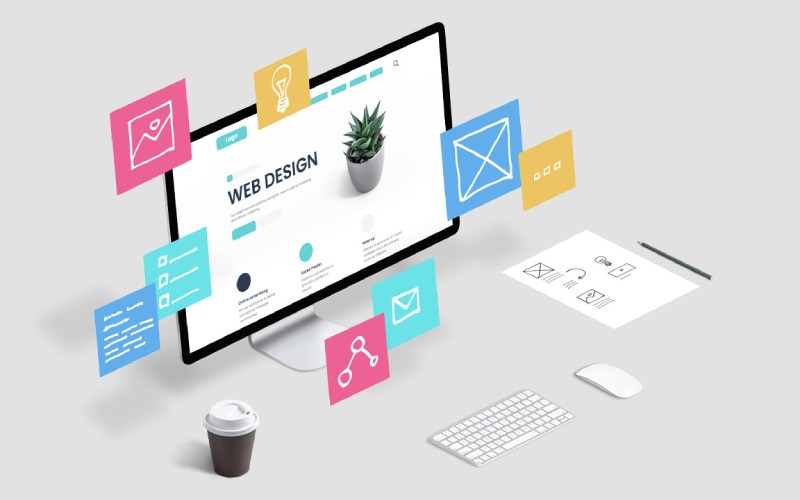In the modern digital era, the design and layout of web pages play a crucial role in engaging users and achieving online success. With numerous websites competing for attention, it is vital to create a visually appealing and user-friendly experience that captures visitors’ interest from the moment they land on your site. A well-designed website not only grabs attention but also guides users through a seamless browsing journey, ensuring they easily find the information or products they are looking for.
To achieve this, web designers must follow best practices that encompass various design and layout aspects. By understanding user experience (UX) and implementing responsive design, intuitive navigation, consistency in design elements, and optimizing page loading speed, designers can significantly enhance the effectiveness of web pages. By applying these practices, designers can craft compelling websites that leave a lasting impression on users
Table of contents

Understanding User Experience
A fundamental aspect of effective web page design is understanding user experience (UX). This involves considering the needs, expectations, and behaviors of your target audience. By conducting user research, surveys, and usability testing, designers can gain valuable insights into how users interact with their websites. Applying these insights helps design intuitive navigation, clear calls-to-action, and user-friendly interfaces.

Responsive Design for Mobile Devices
Given the increasing use of smartphones and tablets, designing responsive web pages has become essential. Responsive design ensures that your website adapts seamlessly to different screen sizes and resolutions, providing an optimal user experience across devices. Implementing media queries, flexible grids, and fluid images enables your web pages to automatically adjust to fit various screen dimensions.

Intuitive Navigation and Information Hierarchy
Clear and intuitive navigation is essential for guiding visitors through your website. Utilize well-organized menus, breadcrumbs, and search functionality to help users find what they’re looking for quickly. Establish a logical information hierarchy, using appropriate heading tags (H1, H2, etc.) to structure content and improve readability. A well-structured layout facilitates easy scanning and comprehension of the web page.

Consistency in Design Elements
Maintaining consistency in design elements across web pages enhances the overall user experience. Use a consistent color scheme, typography, and visual style to create a cohesive brand identity. Consistency also extends to the placement of key elements such as logos, navigation menus, and contact information. By ensuring uniformity, users can easily navigate and recognize your website’s unique visual identity.

Optimizing Page Loading Speed
Fast-loading web pages are essential for retaining user interest and reducing bounce rates. Optimize images, minify CSS and JavaScript files, and leverage caching techniques to enhance page loading speed. Implementing lazy loading, where content is loaded as the user scrolls, further improves performance. A speedy website not only enhances user satisfaction but also positively impacts search engine rankings. You can check your web page’s loading speed with Google Page Speed Insights.
Conclusion
In the competitive online landscape, adhering to best practices in web page design and layout is essential for engaging users and driving online success. By understanding user experience, implementing responsive design, intuitive navigation, design consistency, and optimizing page loading speed, web designers can create compelling websites. As a leading website design company in Singapore, we prioritize staying at the forefront of the digital realm to ensure our clients’ success.
Continuously analyzing user behavior and staying updated with emerging trends is crucial for ongoing success. By studying user interactions and preferences, businesses can make informed decisions to enhance web page design. As a website design company in Singapore, we prioritize incorporating the latest advancements and design approaches to deliver exceptional user experiences.
Effective web page design goes beyond aesthetics and includes functionality, accessibility, and usability. Functionality ensures seamless website performance and easy navigation for users. Accessibility focuses on inclusivity, making the website usable for everyone. Usability ensures an intuitive and user-friendly experience. By incorporating these principles, a website design company in Singapore helps businesses create websites that attract users, drive conversions, and achieve online success.
Creating a website that stands out and drives results is crucial for any business in today's digital age.
By following these dos and don'ts of website design, you can create a website that is simple, user-friendly, and optimized for success. Speak to Singapore Best Web Design (SBWD) today to ensure that your new website has the rights Dos and Don'ts in website design.











